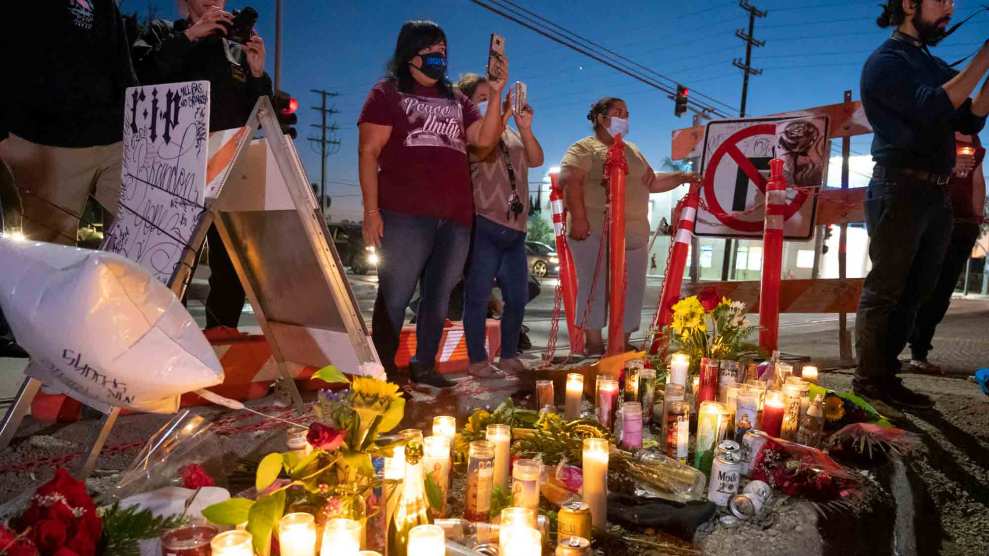For a long time, liberal school reform proposals have centered on, among other things, smaller class sizes for schools, something widely supported by parents. (Indeed, one of the complaints about No Child Left Behind is that the law doesn’t put enough emphasis on this factor.) The issue is still somewhat debated on the merits, especially after a RAND report in 2000 found that reducing class size had little effect on student achievement. But now the debate can carry on, as a new study in the Journal of Educational Psychology finds that “four or more years in small classes in elementary school significantly increases the likelihood of graduating from high school, especially for students from low-income homes.”
The problem, of course, is that often class-size reduction initiatives are carried out in precisely the wrong way. Here in California, former Gov. Pete Wilson decided back in 1996 to spend some $1 billion on reducing the size of classrooms, but didn’t allocate a whole lot of extra money for hiring and training additional teachers. As a result, more and more uncredentialed teachers were hired, and many qualified teachers from low-income districts simply moved and found jobs in well-to-do districts. It’s a savage cycle that only worsened a lot of existing inequities.
Now on some level, this wasn’t just a result of Wilson’s stinginess: class-size reduction is awfully costly—you have to build new classrooms after all—and many reformers think that the money would be better spent attracting new teachers via higher salaries, or training existing teachers. Indeed, the details contain one very big devil here. Still, if the benefits to class-size reduction are indeed as sweeping as this new study shows, it may be time to revisit this debate.















